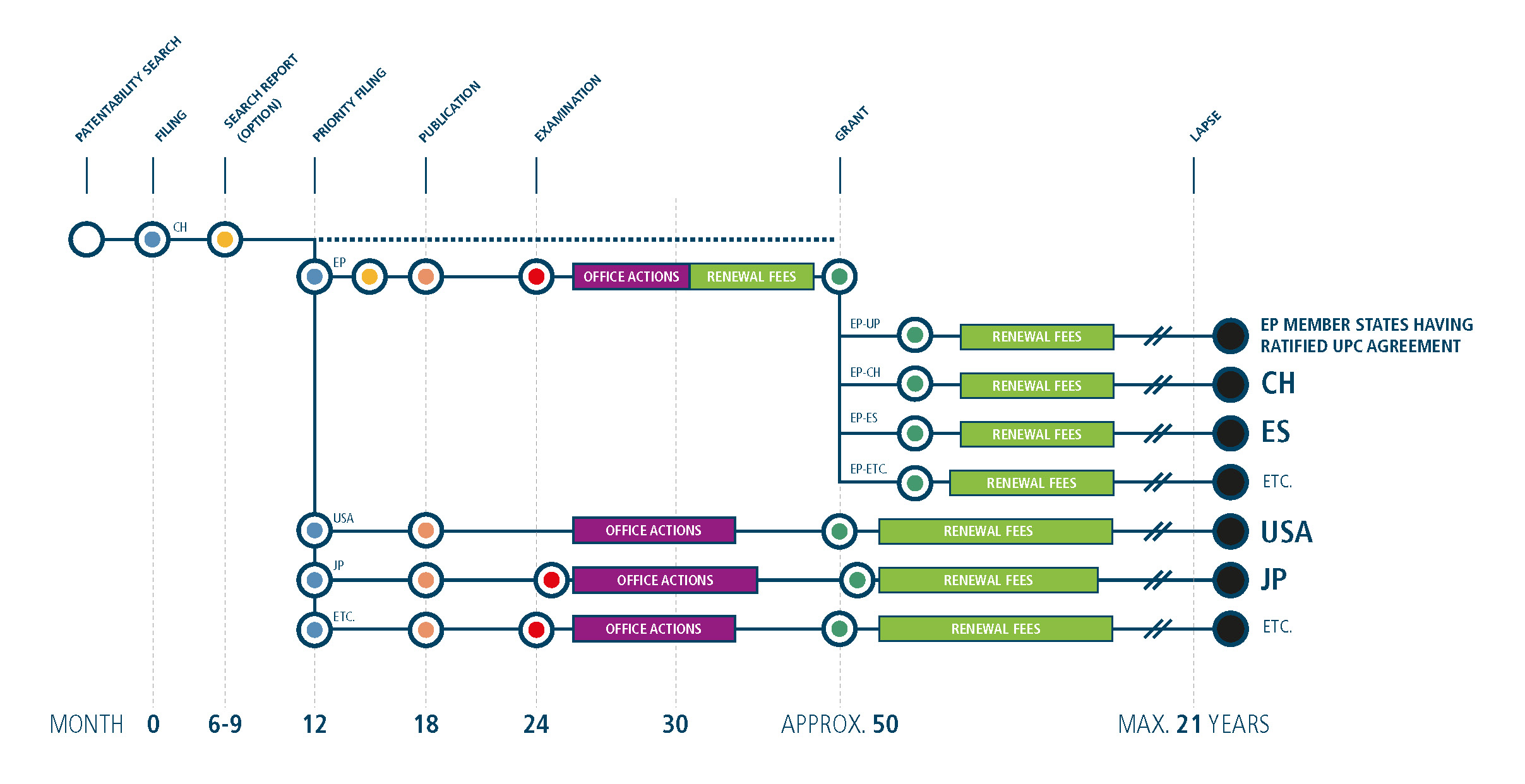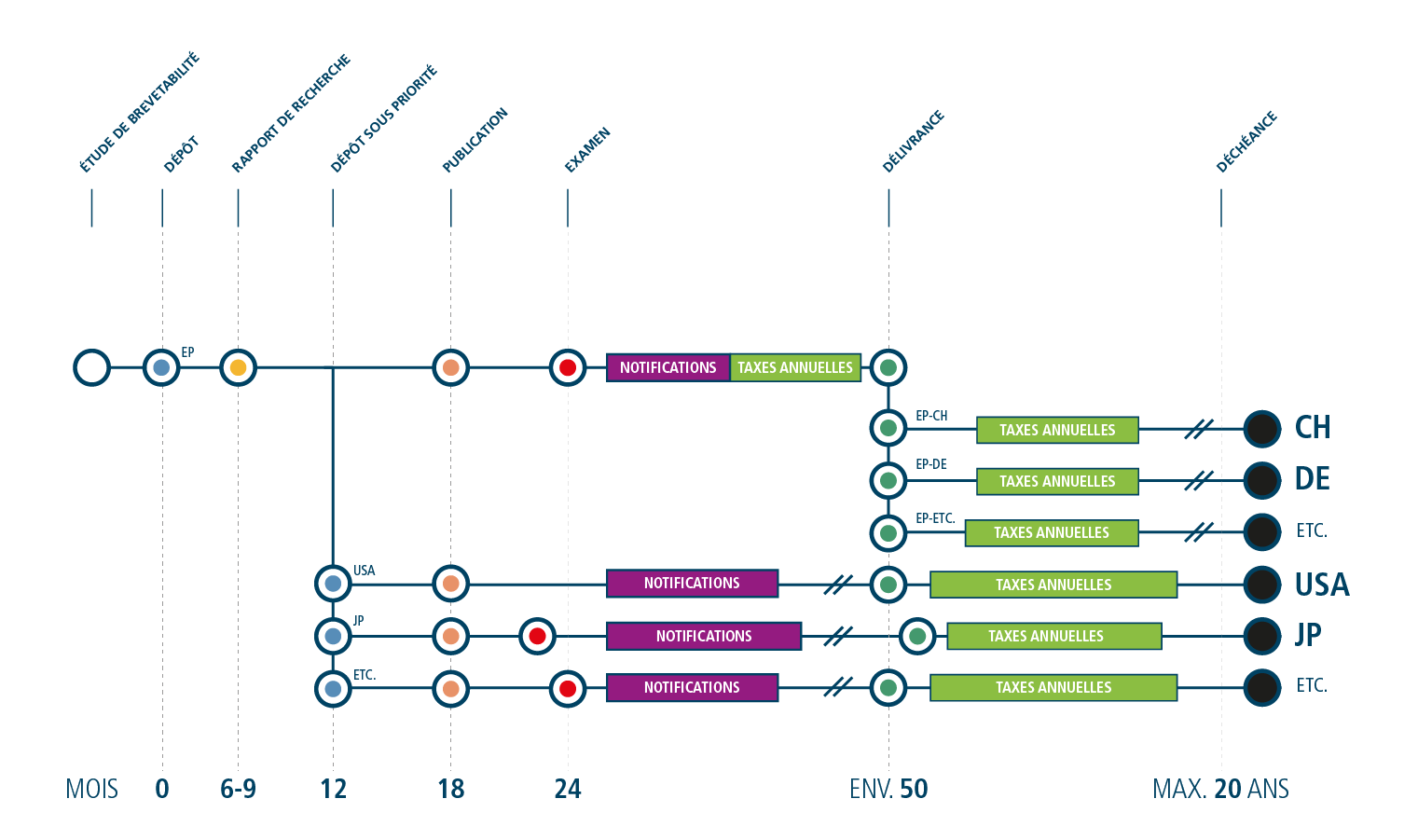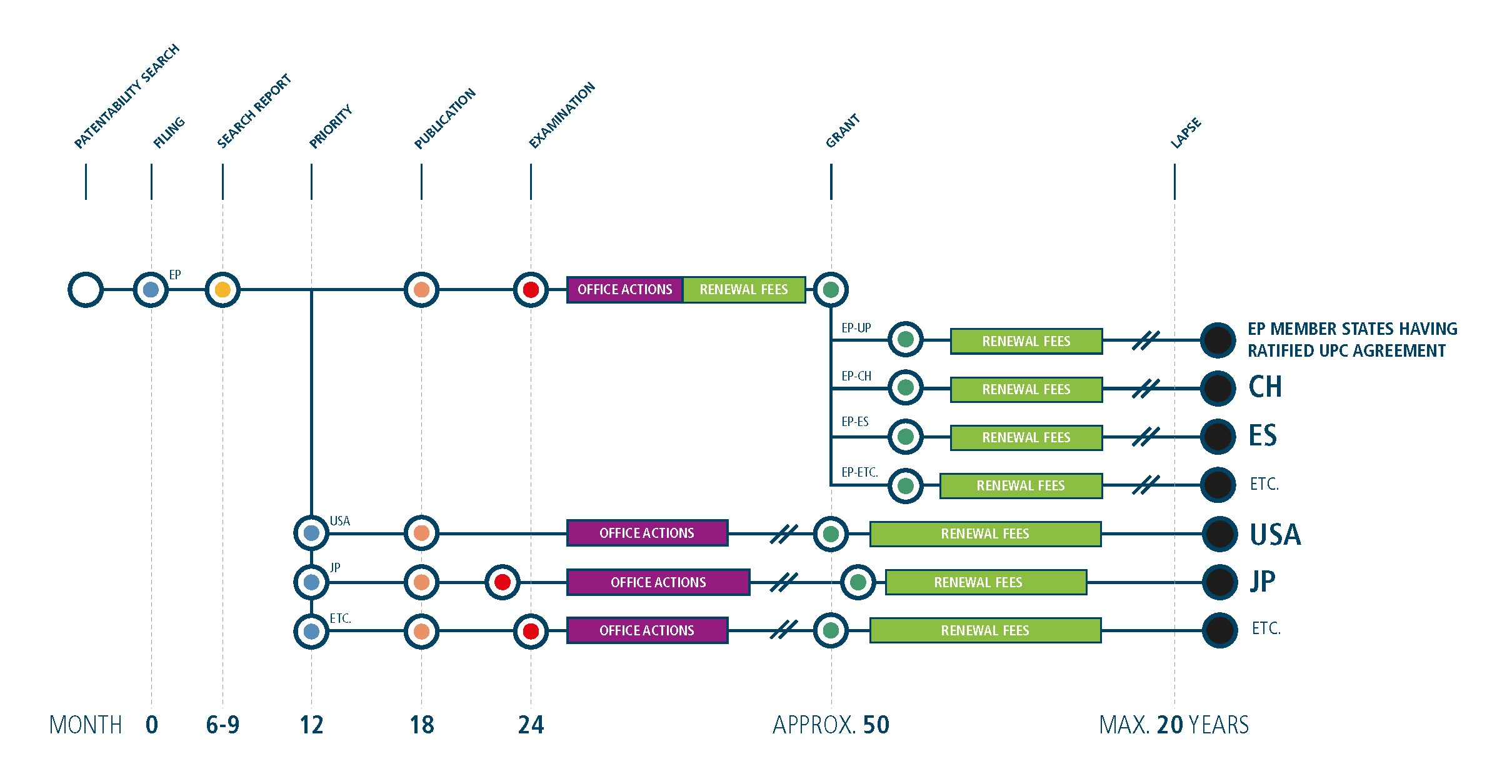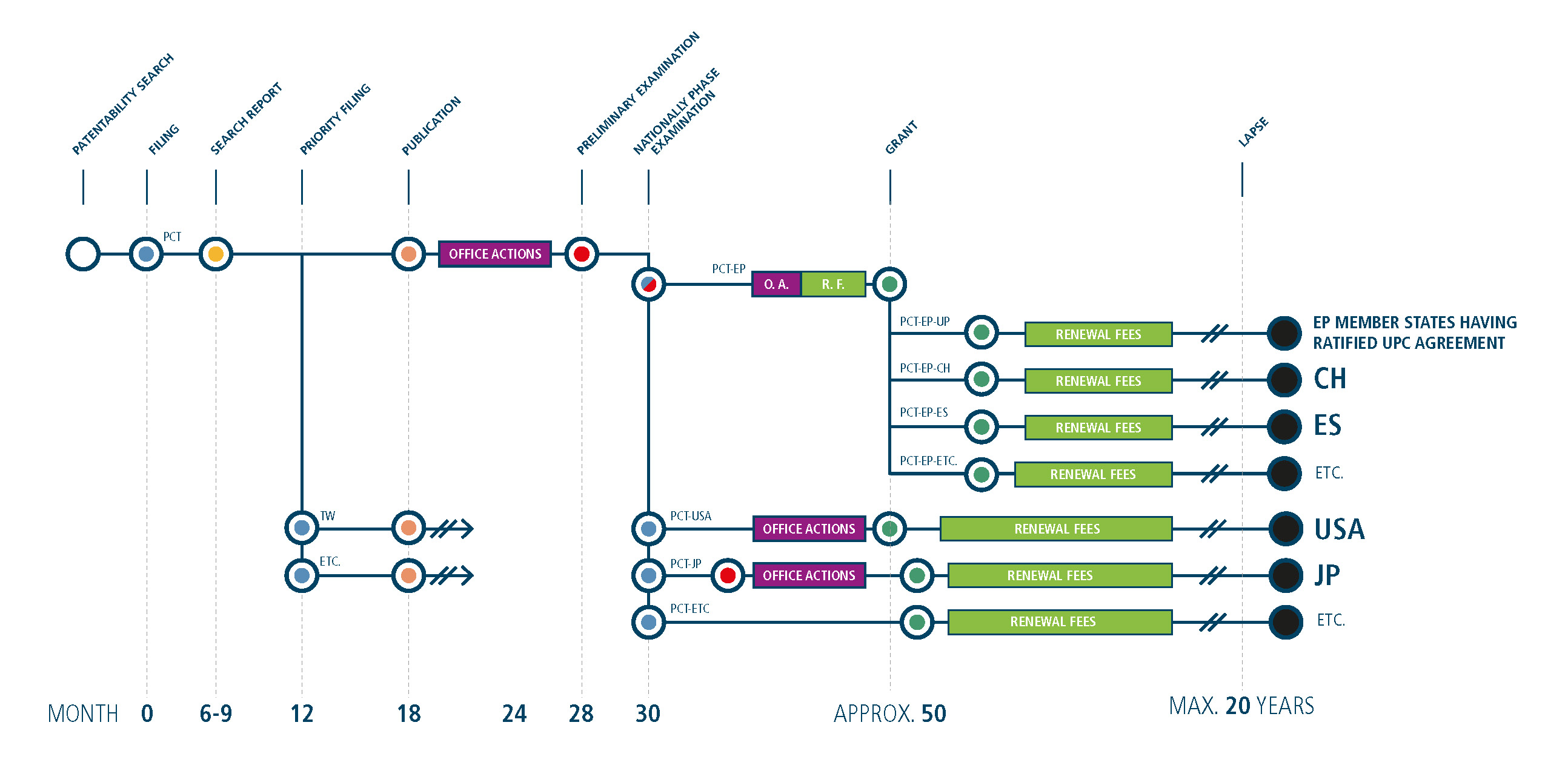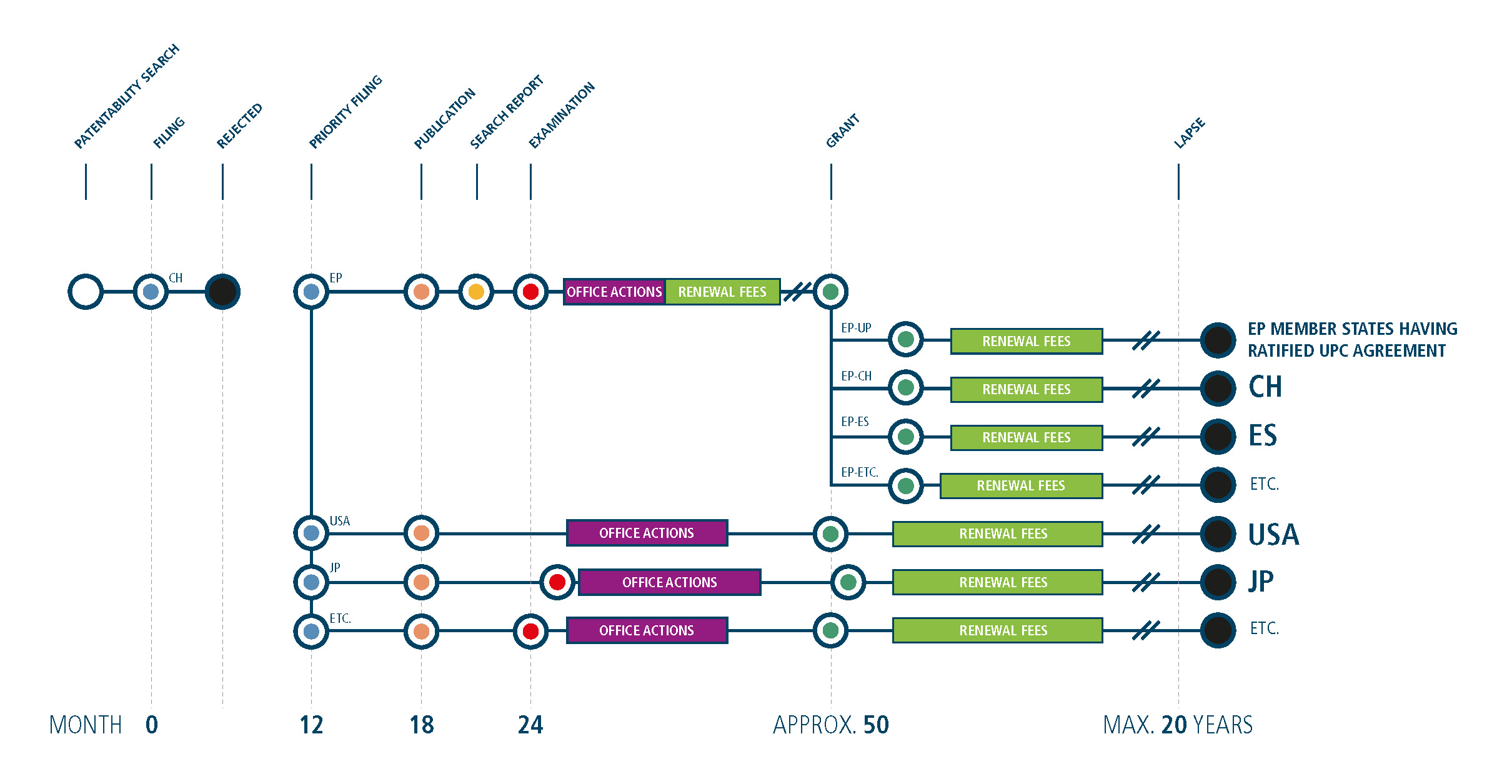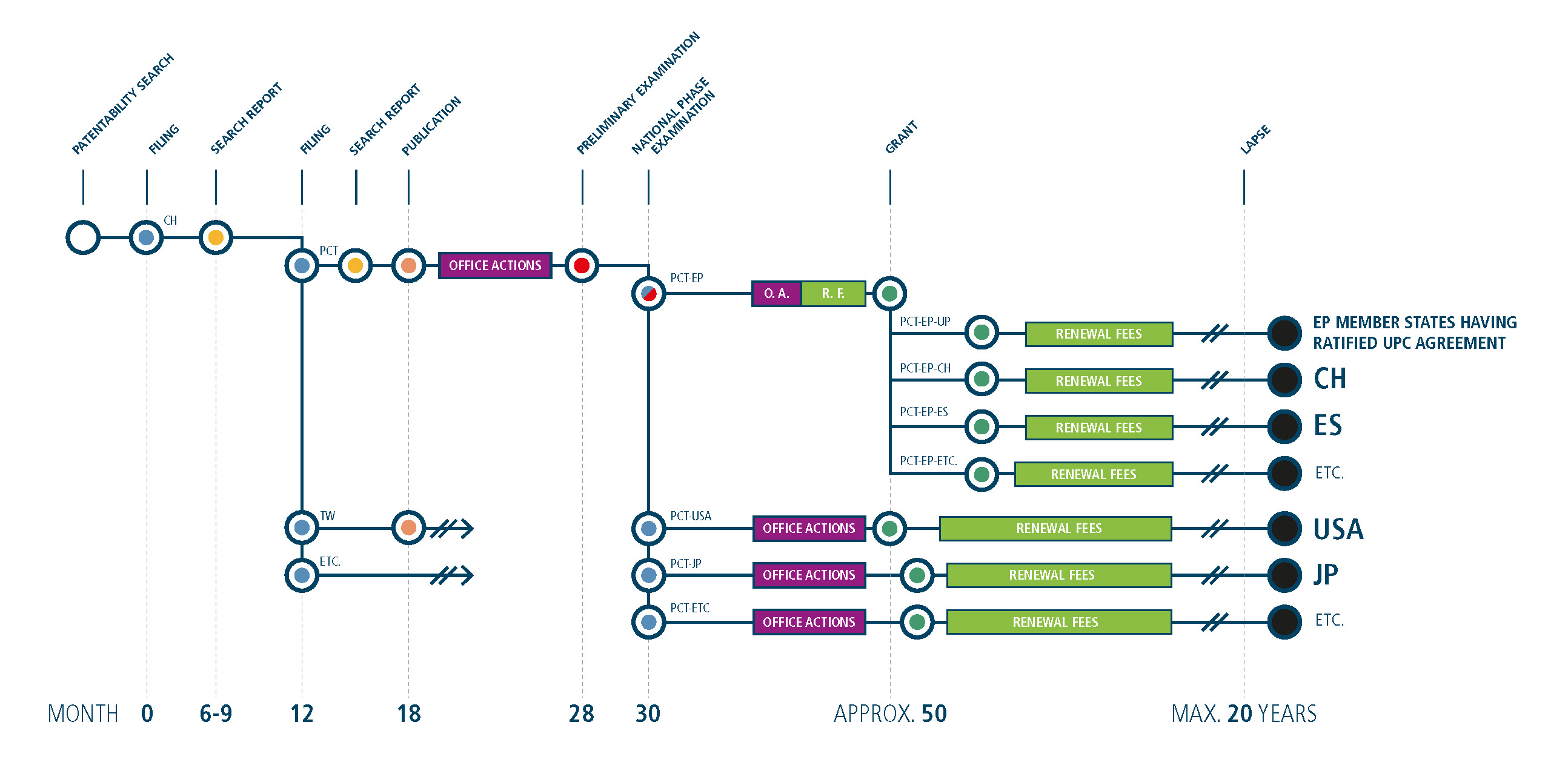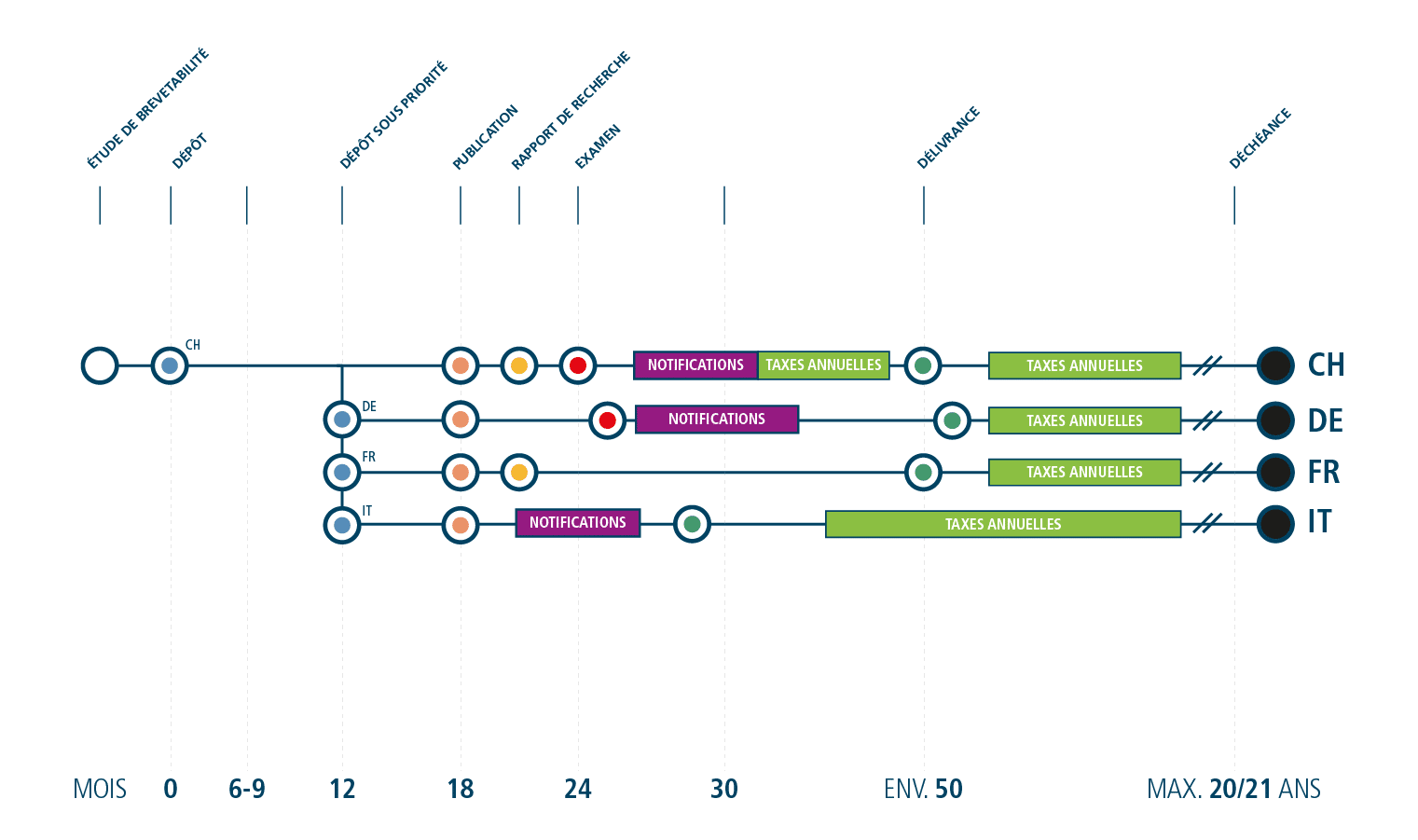Article en anglais :
Is the priority a priority for a start-up?
Let’s imagine that I’m a founder of a start-up (I’m not, however I met a number of founders so that my example shouldn’t be that different from reality).
I’m also an inventor and I have worked days and nights on my own technical solution and I’m very proud of it! It solves a real technical problem. That’s fantastic! It’s my idea, it’s my property! How can I protect my solution? Moreover, I need to discuss about it with investors, business partners, possible clients, etc.: how can I prevent those third parties to copy my solution?

I know that patents exist, I heard that they protect a technical solution to a technical problem, as in my case. Therefore, they could give me a protection. However, I also heard that they are expensive. My budget is limited, and I don’t have much time available before my discussions, what can I do?
To answer this question, I take back the role of a patent attorney:
Patents do protect a technical solution for a technical problem. A patent looks like a written document, comprising a description, possibly some drawings and one or more claims. The description defines the technical domain of the invention, a technical problem of the prior art and it introduces the invention as a technical solution for this technical problem. The description illustrates also one or more embodiments of the invention. The claims define the scope of the legal protection given by the patent. Although the law requires the claims to be clear (otherwise a patent cannot be granted, at least in Europe), more than often they are perceived as not easy to understand. That’s in part true, as it’s a mix of legal and technical terms, but I can guarantee you that it’s a non-trivial mental exercise to write a claim which is at the same time sufficiently broad so as to give a large protection to the applicant and sufficiently narrow so as to avoid the prior art disclosure. A patent attorney invests a lot on his “piece of art” which is often (wrongly?) perceived as obscure (ok, I agree that a set of claims is not as beautiful as the Gioconda of Leonardo da Vinci, however some patent attorneys can find it pretty much the same).
In order to be granted, a patent shall satisfy some patentability criteria, such as novelty and the inventive step, which are defined with regard to the “state of the art”.
What’s this state of the art? The state of the art is any divulgation, made available to the public, before the filing date.
Let’s now introduce an important right in the patent system: the “priority right”, which can be claimed during the so called “priority year” in the case of patent.
This right has been defined in the Paris Convention for the Protection of Industrial Property, adopted in 1883. Our ancestors have introduced a sort of way-back machine: the one-year priority right enables the applicant to file a patent application as soon as possible in one country and gives him or her one-year to do whatever is necessary to file the same invention in one or more countries, without being affected by any intervening publication. In other words, once the priority is correctly claimed, it’s like if the second filing had been made on the day of the first filing. In other words again, the prior art for the first and the second filing is the same. Therefore, the applicant can divulgate his invention to investors, business partners, possible clients, etc. after a first filing, and those divulgations do not belong to the state of the art for the second filing.
What a great idea our ancestors had!
This idea could be used to define some strategies allowing a start-up to reduce the initial costs for protecting their invention. Those strategies could be attractive for applicants having a limited budget.
For example, the first filing can be a “provisional” filing, which is a filing without paying the filing fees, or a filing with a “provisional” description or “provisional” drawings. If the requirements for obtaining a filing date are satisfied (those requirements depend on the choice of the receiving office), once received the filing date, the priority right is automatically activated. Advantageously, the priority right continues to exist even if the first filing is rejected by the receiving office, for example for a missing payment of fees or for formal reasons.
Once received the filing date, the applicant can freely discuss about his invention, with the security given by his patent application as filed, which is an official document describing his invention and having an official filing date.
Moreover, within 12 months from the first filing, it is possible to re-file his invention abroad, depending on the specific context of the applicant, even after his discussions with third parties.
Let’s explain it with an example: the applicant decides to apply for a patent by filing a Swiss patent application on June 04, 2020. Starting from June 04, 2020 the applicant has one year to file patent applications in other countries to be able to benefit from the date of filing of the Swiss patent application in these other countries.
If on June 01, 2021 the applicant files a patent application in Germany for the same invention, and if, upon filing the patent application in Germany, the applicant claims the priority of the Swiss patent application filed one year before, the date for examining the novelty and inventive step requirements in Germany will be June 04, 2020, and not June 01, 2021.
This means that any disclosure (by me or anyone else) to the public of the invention on or after June 04, 2020 will not prejudice my German patent application.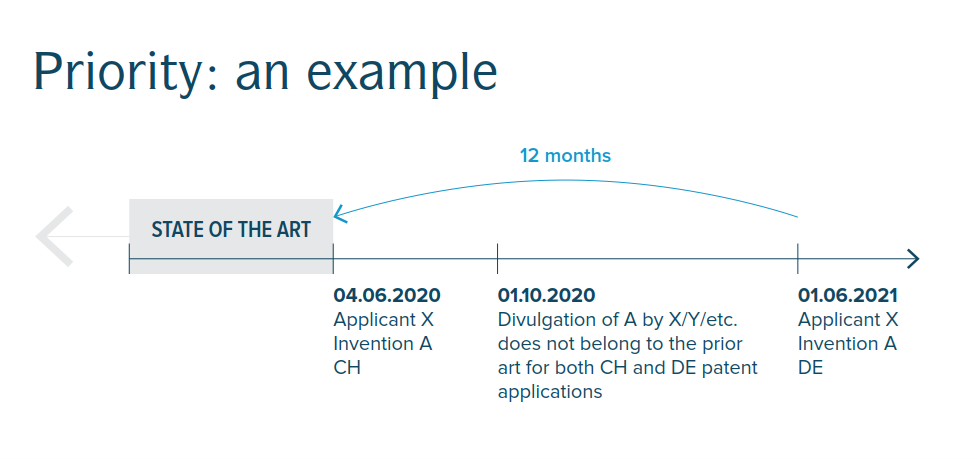
That seems fantastic. Are there any drawbacks?
Yes, there are some drawbacks and one of them is particularly dangerous. If the priority is not correctly claimed, the second filing can only benefit from the date of the second filing: therefore, any disclosure to the public of the invention on or after the first filing does prejudice the second filing. That could be catastrophic if the invention has been divulgated between the two filings.
The priority is not correctly claimed among others when the claims of the second filing are not directly and non-ambiguously derivable from the first filing.
Therefore, it is advisable to make sure that the first filing includes a non-ambiguous support for the claims of the regular application to be filed one year later. The applicant can write the description of the first filing itself, however it is recommended that at least the set of claims for the first filing are drafted by a patent attorney, to have a sufficient broad support for the claims of the second filing.
In fact, although the priority usually is not verified during the examination, e.g. before the European Patent Office (unless required by the circumstances), the priority could (and will!) be challenged in opposition or during a litigation.
Last but not least, when filing a second patent application by claiming the priority of the first, it is possible to add new subject matter at the second filing: claims on this new subject matter will receive only the date of the second filing. Therefore, this new subject matter should not be divulgated before the second filing.
Therefore, the priority right is an opportunity for a start-up, to be exploited so as to reduce the initial costs, file a patent application in a time that could be very short and to have the possibility to complete the application when filing a second application after 12 months.
Some risks exist when claiming a priority, however with the help of a patent attorney those risks are low or nearly zero.
Article by Maria Maina




